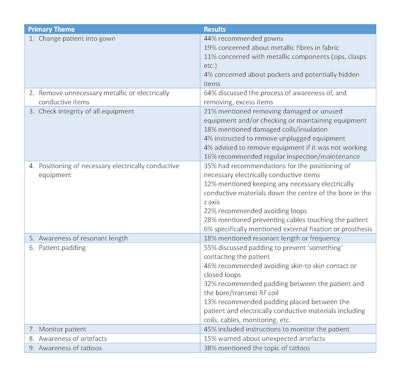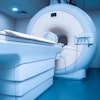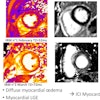Remove unnecessary metallic or electrically conductive items from the bore of the MRI machine, insulate the patient to prevent any loops or contact with conductive objects, and communicate regularly, a respected U.K. group has advised in new research.
"These recommendations with the headings 'Remove,' 'Insulate,' and 'Communicate' make up the acronym 'RIC'. An acronym such as this may provide a simple way for all MRI practitioners to remember best practice to prevent thermal injuries to patients undergoing an MRI scan," noted Cassandra Baker and colleagues from City University of London in an article posted on 27 June by the Journal of Medical Radiation Sciences.
 Simplified recommendations: remove, insulate, communicate. All figures courtesy of Cassandra Baker et al. and Journal of Medical Radiation Sciences, presented at ECR 2024.
Simplified recommendations: remove, insulate, communicate. All figures courtesy of Cassandra Baker et al. and Journal of Medical Radiation Sciences, presented at ECR 2024.
While MRI technology and techniques have advanced, many of the safety concerns remain the same as when adverse incident reporting records began for the modality, the authors wrote. Patient thermal injuries is the most frequent adverse event, accounting for 59% of MRI incidents reported to the U.S. Food and Drug Administration and 47% to the U.K. Medicines and Healthcare products Regulatory Agency, and many incidents go unreported. Even though patient thermal injuries are preventable, recommendations can be variable, fragmented, and confusing, they added.
The aim of the City University team was to synthesize the evidence on MRI safety guidance and incidents of skin injuries due to burns. They searched six journal databases for sources published between January 2010 and May 2023, presenting information on MRI safety and thermal injuries. Nearly 27,000 articles were returned, but after careful screening and based on the eligibility criteria, only 79 articles and an additional 19 "grey literature" sources were included (n = 98).
There were nine key themes drawn from the data, as detailed in the table below.
 Results per primary theme and corresponding percentage of reporting of each topic.
Results per primary theme and corresponding percentage of reporting of each topic.
After completing their analysis of the literature, Baker and colleagues then proposed a set of nine key recommendations for MRI safe practice, as outlined in the following figure.
 Recommended actions to assist in preventing skin thermal injuries.
Recommended actions to assist in preventing skin thermal injuries.
Assessing individual risks, rather than blanket policies, will help to prevent skin thermal injuries from occurring, thereby improving patient care, according to Baker, who is currently working at Qscan Radiology, Brisbane, Queensland, Australia. "With preventable skin burns and thermal injuries continuing to be experienced by patients undergoing an MRI scan, it's vital to share strategies to improve MRI safety practices which prevent such adverse events."
You can read the full Journal of Medical Radiation Sciences article here. The authors also presented their findings in an e-poster presentation at ECR 2024.
In addition, one of Baker's coauthors, Barbara Nugent, recently published a 168-page guide, The MRI Practitioner's Handbook: Essential safety and scanning information.





















